Summary | Excerpt | Reviews | Beyond the Book | Read-Alikes | Genres & Themes | Author Bio
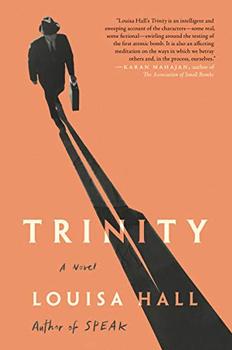
Critics' Opinion:
Readers' Opinion:
First Published:
Oct 2018, 336 pages
Paperback:
Aug 2019, 288 pages
 Book Reviewed by:
Book Reviewed by:
Natalie Vaynberg
Buy This Book
This article relates to Trinity
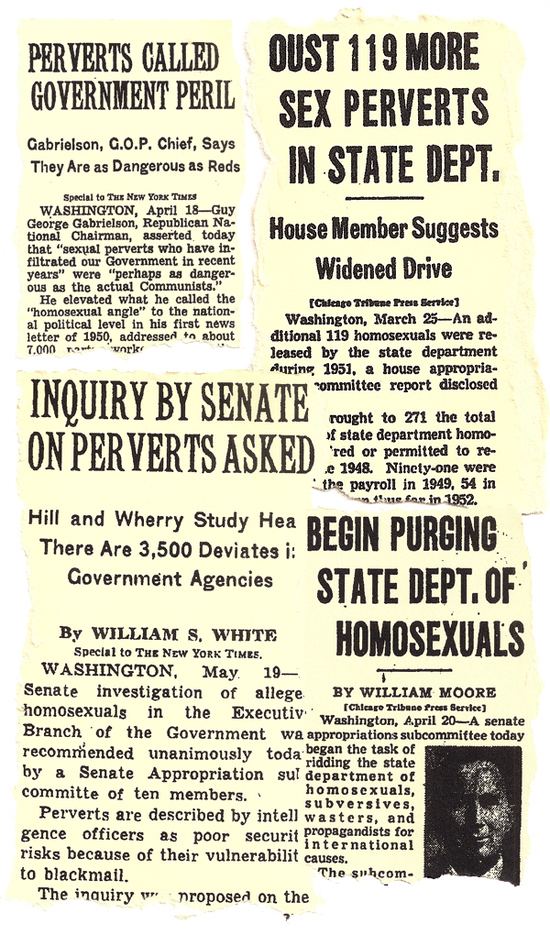 Louisa Hall's Trinity touches on many subjects and looks at many personalities. One of the most interesting of these is the fictional Lia Peon, a lesbian who escaped discrimination in Washington D.C. in the early 1950s. Peon and her girlfriend moved to St. John's, and there became friends with J. Robert Oppenheimer (who was himself rumored to be homosexual). Lia's story illustrates the struggle for basic rights that was being fought in Washington at this time.
Louisa Hall's Trinity touches on many subjects and looks at many personalities. One of the most interesting of these is the fictional Lia Peon, a lesbian who escaped discrimination in Washington D.C. in the early 1950s. Peon and her girlfriend moved to St. John's, and there became friends with J. Robert Oppenheimer (who was himself rumored to be homosexual). Lia's story illustrates the struggle for basic rights that was being fought in Washington at this time.
In 1957, President Eisenhower signed an executive order that banned homosexual employees from working in the federal government. The order, which caused thousands to lose their jobs, was the culmination of a decade-long LGBT purge in Washington D.C. and brought the struggle for gay rights to the forefront for the very first time. This period of gay persecution coincided and intermingled with McCarthy's Red Scare, the infamous hunt for communists that followed the second World War. But why did it happen and how does it still affect us today?
Although it may seem surprising for the time, Washington D.C. in the 1930s and early 40s was a relatively safe enclave for the gay and lesbian community. Booming from the aftereffects of the war, the city drew many young people from all over the country, creating a bustling metropolis that allowed for a great deal of anonymity and tolerance. Gay men and women found the opportunity to belong, at least amongst each other, and lower their defenses.
Yet that belonging was short-lived. In 1948, Alfred Kinsey published his book Sexual Behavior in the Human Male, and though his goal was to expose the far-ranging scale of human sexuality, for many people it had the reverse effect - it brought to light that homosexuality was not only very real, but also that it was much more widespread than previously believed. This information further inflamed the conservative sentiments of the day. After the era of FDR and his many liberal policies, the political feeling in the country was swinging in the opposite direction. Many felt that America was facing a "declining state of morality" and something had to be done. It was believed that Washington D.C., and other large cities like it, were corrupting youth, weakening their morals and opening them up to communist influence. Eisenhower's election slogan in 1952 was "Let's Clean House."
As a Republican senator hellbent on purging the nation of the supposed communist threat, Joseph McCarthy struck the right chord with the conservative base. While some did not see a link between communism and homosexuality, in the minds of many Americans at that time, the similarities seemed obvious. Both groups participated in a hidden subculture: they had their own secret meeting spots, their own literature, cultural codes, and most importantly, loyalties. Furthermore, being gay meant having a big secret and that big secret could result in blackmail and the revelation of sensitive information if one worked for the government. In this way, the case was made that being gay in Washington meant that you were a threat to national security.
Very few actual communists were uncovered by McCarthy and his supporters, but his crusade against homosexuals was another matter. Several commissions in the late 1940s focused on ferreting out gay government employees, identifying thousands of people and fanning the flames of fear and mistrust. Though there was absolutely no proof that any of these employees had communist ties or had given up any national secrets, their elimination was swift and sure. They were fired or resigned in fear, and many committed suicide as a result of these investigations.
Though the landscape in Washington was bleak for the LGBT community at this time, some good came of it as well. In 1965, Frank Kameny, an astronomer who lost his job with the U.S. Army Map Service in 1947, founded the Mattachine Society with the goal of promoting gay rights and fighting discrimination. He led the first gay rights protest, picketing the White House. His efforts were recognized in 2009 when President Obama awarded him the Theodore Roosevelt Award and publicly apologized for the previous actions of the White House.
The term Lavender Scare was coined in 2004 by David K. Johnson, who wrote a book of the same name. This is a reference to the term "lavender boys" which was used to describe anyone who was suspected of being homosexual in the 1940s. While the Red Scare has very much eclipsed this story in the media and public knowledge, the Lavender Scare lasted far longer - Eisenhower's executive order was rescinded only in 1995 by Bill Clinton - and its effects were much more far-reaching.
Though it is tempting to think of these events as being far in the past, the sad reality is that it is still currently legal to fire an employee due to their sexual preference in 29 states.
Headlines from the Lavender Scare, courtesy of Alchetron
Filed under People, Eras & Events
![]() This "beyond the book article" relates to Trinity. It originally ran in November 2018 and has been updated for the
August 2019 paperback edition.
Go to magazine.
This "beyond the book article" relates to Trinity. It originally ran in November 2018 and has been updated for the
August 2019 paperback edition.
Go to magazine.


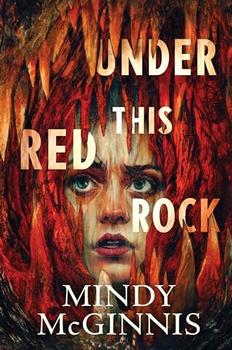

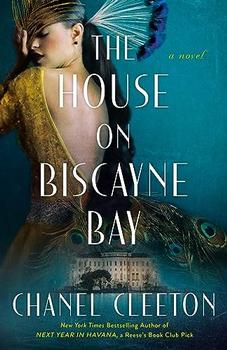
The House on Biscayne Bay
by Chanel Cleeton
As death stalks a gothic mansion in Miami, the lives of two women intertwine as the past and present collide.
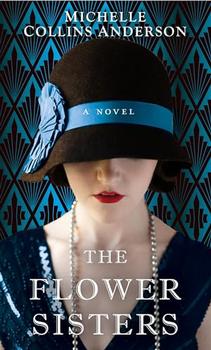
The Flower Sisters
by Michelle Collins Anderson
From the new Fannie Flagg of the Ozarks, a richly-woven story of family, forgiveness, and reinvention.
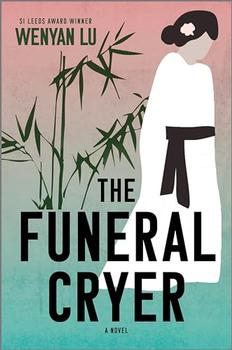
The Funeral Cryer by Wenyan Lu
Debut novelist Wenyan Lu brings us this witty yet profound story about one woman's midlife reawakening in contemporary rural China.
Your guide toexceptional books
BookBrowse seeks out and recommends the best in contemporary fiction and nonfiction—books that not only engage and entertain but also deepen our understanding of ourselves and the world around us.